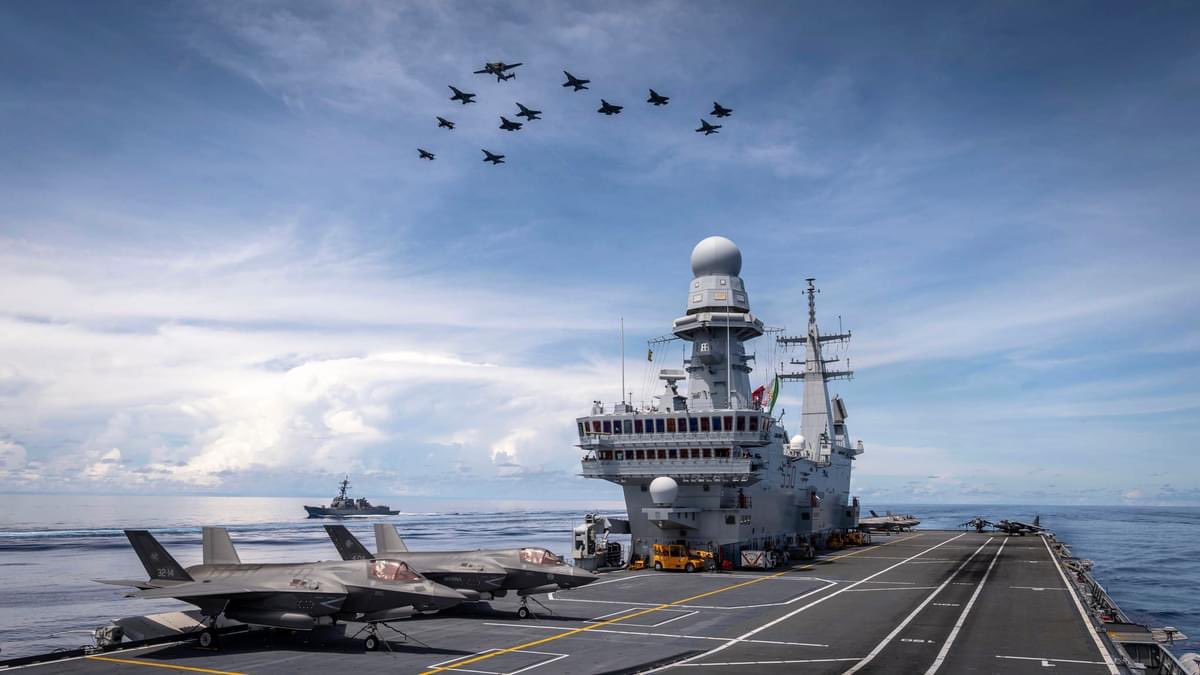Chinese government-controlled media continuously tells the world about China’s fast-emerging aircraft industry. However, great powers do not steal designs or unauthorisedly copy them, flouting all intellectual property rights and norms evolved by the fair and responsible world.
Practically, most aircraft in the People’s Liberation Army Air Force (PLAAF) are either foreign-made or unauthorized reverse-engineered copies. Stealing foreign military technology amounts to a strategic weakness. In this manner, China skipped expensive and time-consuming R&D.
It is time to have a look at their aircraft design.
Initial Aircraft Copies
The Korean War brought Soviet assistance to the indigenous aircraft industry in China. The Shenyang Aircraft Corporation built the two-seat MiG-15UTI trainer as the JJ-2 and, during the war, manufactured various components to maintain the Soviet-built fighters.By 1956, the People’s Republic was assembling copies of MiG-15s and, eight years later, was producing both the Shenyang J-5 (MiG-17) and the Shenyang J-6 (MiG-19) under license.
The 1960s were a difficult time for the PLAAF. The withdrawal of Soviet aid due to the Sino-Soviet split and the prioritization of the missile and nuclear weapons programs crippled the industry, which markedly declined through 1963.
A recovery began around 1965 as J-2s, J-5s, and some J-6s were provided to North Vietnam during the Vietnam War. Development of the Shenyang J-8, China’s first indigenous fighter, was also initiated during the 1960s.
Shenyang F-7B/Chengdu J-7 (Copy of MiG 21)
In the 1950s and early 1960s, the Soviet Union shared most of its conventional weapons technology with China. The MiG 21 was a contender. However, the Sino-Soviet split abruptly ended the initial cooperation, and by September 1, 1960, the Soviets withdrew their advisers, resulting in the project being stopped.
Later, Soviet Premier Khrushchev unexpectedly wrote to Mao Zedong in February 1962, offering to transfer MiG-21 technology. The Chinese viewed this offer as a Soviet gesture to make peace but were suspicious.
A delegation headed by the PLAAF commander-in-chief, himself a Soviet military academy graduate, went to Moscow. The technology transfer deal was signed. Several MiG-21s were sent to China and flown by Soviet pilots.





